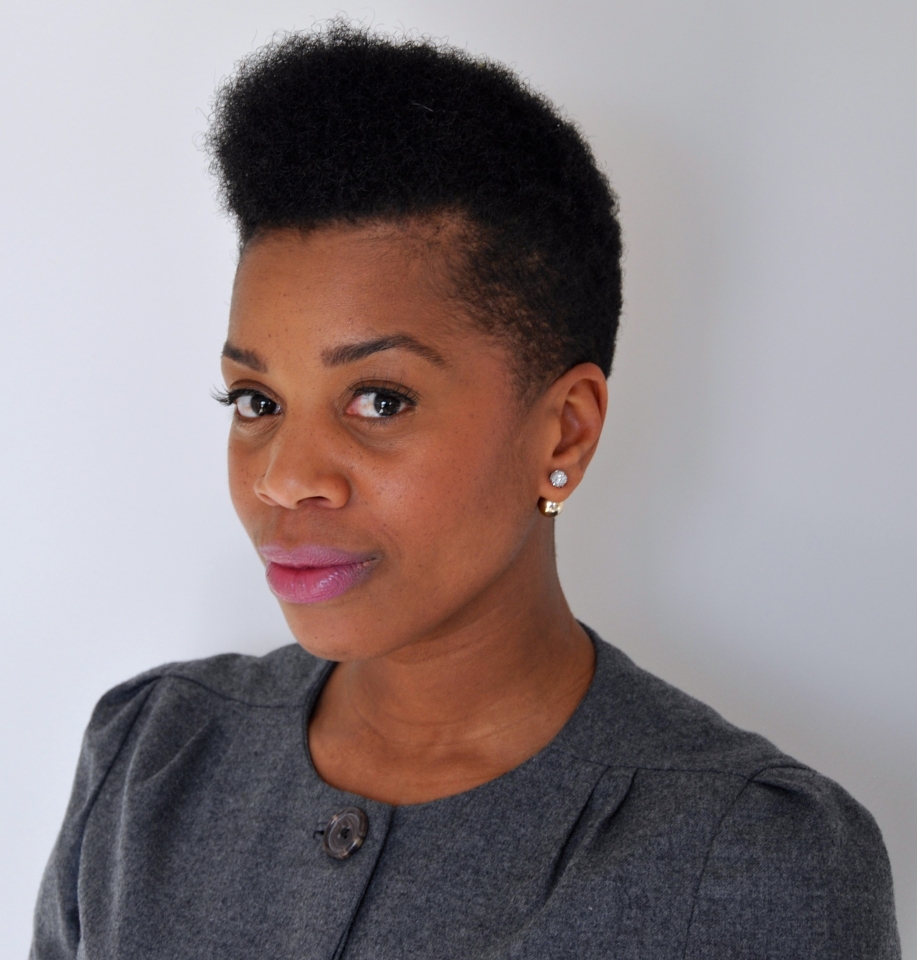*Below is an excerpt from a talk prepared as the Distinguished Guest Speaker at the University of Waterloo’s 2017 International Women’s Day Dinner.
November 9, 2016:
The morning after Donald J. Trump is elected President of the United States of America.
A white male colleague enters my office with tears in his eyes. He asks, “How are you doing?” I reply, “It’s a devastating day for white liberal women.” The conclusion I drew after a long night pouring over post-election coverage. Ninety-four per cent of Black women and 69% of Latinx women voted for Hillary Clinton; 52% of white women voted for Trump. Non-white women have been saying, bleeding, writing, for centuries that white patriarchy will rob all of us of the full expression of our lives, but a lot of white women have refused to listen to us. Fifty-two per cent means that white feminism is in need of a long, hard, rethink. Fifty-two per cent means that white liberal women need to talk more to other white women –– maybe they’ll listen to each other.
January 21, 2017:
Women’s March. I stand at Queen’s Park in Toronto, Canada with a dear friend and our children. I feel good, righteous, self-congratulatory. I consider taking pictures to post on my social media. I find a Women’s March button on the ground, glance at the image. Three profiles: one red, one blue, one white. The mouths are open in various states of elocution. I note the angular lines of the noses and the cowlicks of the hair. I doubt they were thinking of folks who look like me when this button was designed and approved for distribution. I pin the button to my lapel anyway; accustomed to these moments of erasure in mainstream feminist movements. But as I stand in the crowd questions begin to gnaw: Where had I been for the Black Lives Matter marches and the Murdered and Missing Indigenous Women’s marches? Where had I, and the tens of thousands of other social justice-minded women, men and non-binary people surrounding me been? Why do so many of us only show up when the protest is middle class, socially acceptable, predominantly white?
March 8, 2017:
International Women’s Day. Where are women safe? How must we cross borders? How must we supplicate to our goddess(es) or god(s)? Must we supplicate? Who must we have sex with? Which features must we have? Which language must we speak? Which mouths must be comfortable making the sounds required to say our names? What must our anatomies be? Which hue must our skin be? All of it feels cyclical, violent, incoherent. On International Women’s Day I think about safety. Where are women, especially non-white women and non-white trans* women, safe?
Photo credit belongs to Kalli Eccleston

